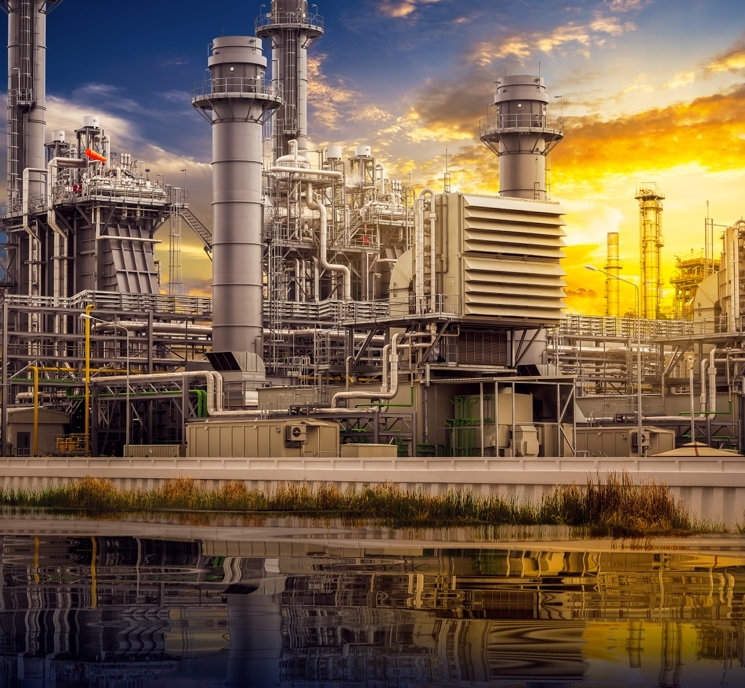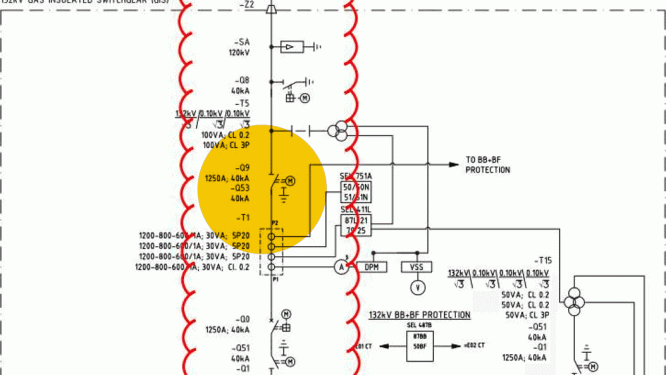Description
This course will teach you all you need to know about electrical power generation, from the basics of how power stations work and the many technologies and energy sources (steam, nuclear, internal combustion, wind, hydro, solar, biomass, and others) used to generate electricity to more advanced topics like power plant control systems and alternators.
Finally, you will learn how to analyze power station loads with an eye on power plant economics and electricity pricing structures.
To ensure that you confidently grasp each topic, each section is organized in a clear way, accompanied by solved examples, and explained in simple language.
Here are the 16 sections that make up the course:
1. Introduction to power engineering
Get the basics right through learning about energy sources, how electricity is generated, and how different units of energy relate to each other. All these outlines are discussed:
- Importance of electrical energy
- Generation of electrical energy
- Sources of energy
- Units of energy
- Efficiency
- Calorific value of fuels
- E- book of the course
2. Steam (Thermal) Power Stations
Understand how steam power plants work, the role of boilers, turbines, condensers, and more. Learn about their advantages, limitations, and how to choose a suitable site through the following topics:
- Types of generating stations
- Principles of steam power plants
- Advantages and disadvantages
- Equipment of steam power stations
- Choice of site for steam power plants
- Efficiency of thermal power plants
3. Nuclear Power Stations
Dive into nuclear fission, the structure of reactors, safety systems, and the pros and cons of nuclear energy through the following outlines:
- What is nuclear energy ?
- Concept of nuclear fission
- Chain reaction
- Nuclear reactor
- Advantages and disadvantages
- Selection of Site for Nuclear Power Station
4. Internal Combustion Power Stations
Explore diesel, gas turbine, and combined cycle power plants and their working principles.
- How internal combustion engines are used to generate electricity
- The working and equipment of gas power plant
- Understand how combined cycle power plants improve efficiency
- The working and equipment of diesel generator
5. Hydro Power Stations
Learn how water is used to generate electricity, different types of hydro plants, and how to calculate their power and energy output.
- Working principle of hydro power plant.
- Equipment for hydro power plant.
- Storage (Reservoir) Hydropower
- Run of River hydro power
- Waterfall Hydro-power
- Pumped Storage Hydro power
- Energy and power calculations
6. Solar Photovoltaic (PV) Power Plants
This detailed section explains everything about solar energy from solar cell basics to system design and installation of utility scale PV power plants.
- Global contribution of renewable energy sources.
- Working of PV power plant.
- PV systems configurations
- Equipment of large-scale PV power plant
- PV panels.
- Grid tied inverters (GTI).
- Pros and Cons.
- Efficiency of PV solar power plant.
7. Concentrated Solar Power (CSP) Plants
Understand how CSP systems work, their types, and the role of thermal storage. The following outlines are discussed:
- Working principle of solar thermal plants.
- Equipment of solar thermal power plants.
- Parabolic trough systems
- Linear Frensal systems
- Power tower systems
- Parabolic dish/engine systems
- Types of Solar receivers.
- Examples of largest solar thermal power plants
8. Wind Power Plants (Wind Farms)
Master wind energy through covering turbine design, site selection, and output analysis.
- Working of wind power plants.
- Types and sizes of wind turbines.
- Wind turbine design.
- Wind turbine power calculations.
- Wind turbine power curve.
- Planning of wind power plants.
- Types of wind farms.
- Energy production of wind power plant.
9. Geothermal Power Stations
Learn how heat from the earth is converted into electricity and the different plant types used through the following topics:
- What is geothermal energy ?
- Working principle of geothermal power plants.
- Dry steam power plants.
- Flash steam power plant.
- Binary cycle power plant.
- Advantages and disadvantages
- Examples of geothermal power plants
10. Biomass Power Stations
Explore how organic materials are turned into electrical energy using various technologies.
- Biomass as an energy source.
- Working principle of biomass power plants.
- Biomass power generation technologies
- Advantages and disadvantages
- Examples of largest biomass power plants.
11. Alternators in Power Stations
Understand alternator construction, operation, modelling, and performance features through the following topics:
- Construction and working principle of alternators.
- Types of alternators.
- Generated voltage equation.
- Alternator model.
- Performance of alternators.
- Power angle curve of alternator.
12. Alternator Control Systems
Learn about alternator control systems for voltage and power regulation and different types of exciters used in alternators.
- Automatic voltage regulator (AVR)
- Automatic load frequency controller (ALFC)
- Types of exciters
- DC exciter
- Brushless exciter
- Static exciter
13. Loads on power stations
Analyze demand, diversity, and load factors. Understand load curves, peak and base loads, and how to plan generating capacity through the following detailed topics
- Variable loads on power stations
- Load curves
- Terms related to loading conditions
- Factors related to variable loading
- Load duration curve
- Selection of number and sizes of generating units
- Base load and peak load plants
14. Power Plant Economy
Learn to calculate generation costs, depreciation, and interest, and understand the economics behind power production.
- Economics of power generation.
- Fixed and running costs
- Cost of electrical energy.
- Interest and depreciation.
- Methods of determining depreciation.
15. Electricity Tariff
Explore how electricity is priced, what affects tariff structures, and the various types of tariffs used.
- Tariff objective and characteristics.
- Factors affecting Tariff selection.
- Types of Tariff.
16. Power Factor Correction
Understand what power factor means, its impact, and how to improve it using capacitor banks and synchronous condensers.
- Power factor definition.
- Effects of low power factor.
- Power factor improvement.
- Capacitor banks
- Synchronous condenser
- Most economical power factor.
Course Summary
- Introduction to power engineering
- Steam (Thermal) Power Stations
- Nuclear Power Stations
- Internal Combustion Power Stations
- Hydro Power Stations
- Solar Photovoltaic (PV) Power Plants
- Concentrated Solar Power (CSP) Plants
- Wind Power Plants (Wind Farms)
- Geothermal Power Stations
- Biomass Power Stations
- Alternators in Power Stations
- Alternator Control Systems
- Loads on power stations
- Power Plant Economy
- Electricity Tariff
- Power Factor Correction
Who Is This Course For
- Technicians and engineers that work in electrical power sectors like generation, distribution or transmission of electric and also industrial areas.
- Electrical engineering students.
- Anyone who wants to learn about electrical power engineering.
Requirements
Having basic knowledge about electrical circuit theory.







Reviews
There are no reviews yet.